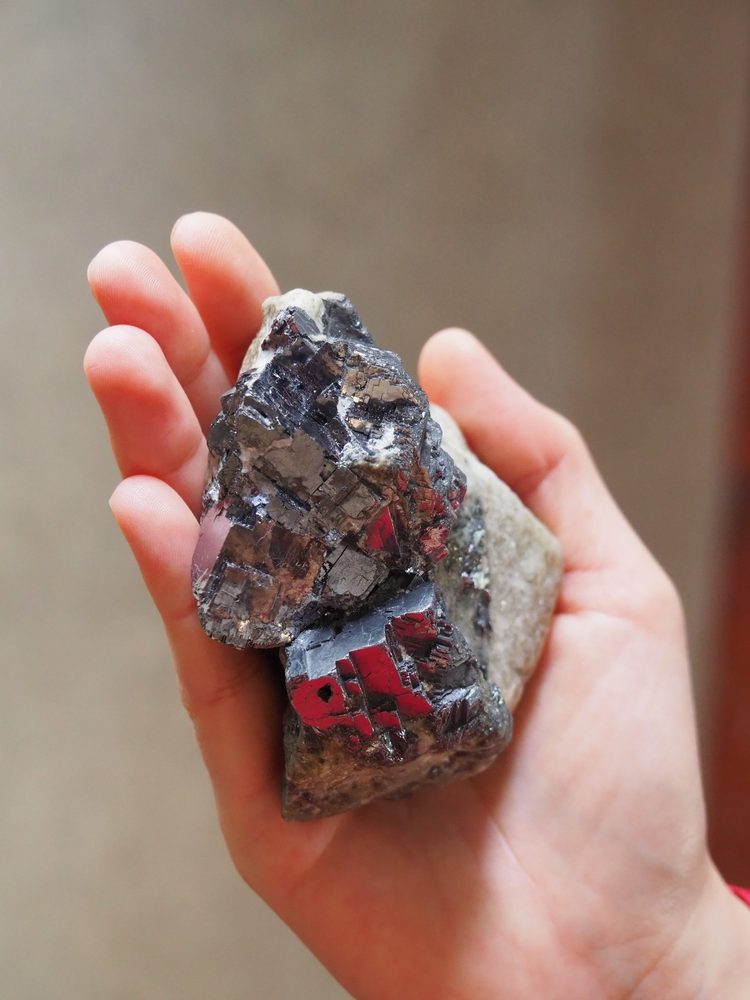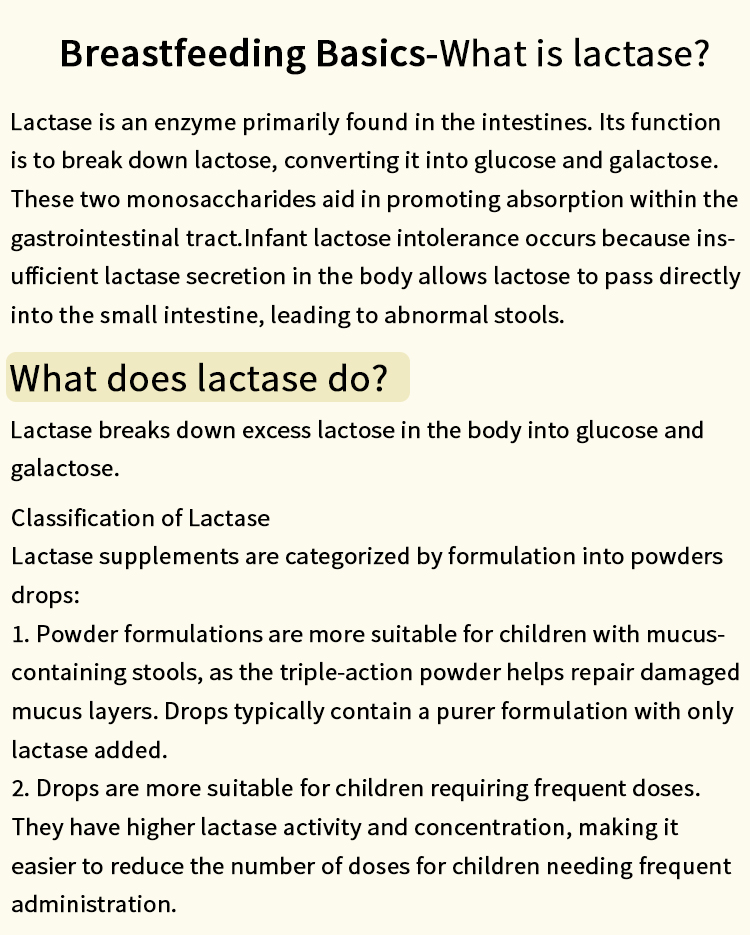
Diamonds, the epitome of luxury and a symbol of eternal love, have captivated humanity for centuries. But what mineral is a diamond? The answer is simple yet fascinating. A diamond is a mineral composed almost entirely of carbon, one of the most abundant elements in the universe. However, the story of a diamond's journey from deep within the Earth to a sparkling gem in a jewelry store is a tale of extreme conditions, geological processes, and human ingenuity.
The Carbon Connection
Diamonds are essentially pure carbon, the same element that makes up graphite, the lead in your pencil, and coal, the black rock burned for fuel. However, what sets diamonds apart is their unique crystal structure. Under extreme heat and pressure, carbon atoms bond in a specific way that results in a diamond's exceptional hardness and brilliance. This process occurs over a billion years, deep within the Earth's mantle, at depths of 140 to 190 kilometers.
The Journey to the Surface
Diamonds are brought to the Earth's surface through violent volcanic eruptions. These eruptions create 'kimberlite pipes,' which are vertical structures filled with diamond-bearing rock. Over time, erosion can expose these pipes, allowing for the extraction of diamonds. However, not all diamonds end up in these pipes. Some are washed into rivers and end up in alluvial deposits, which are often the source of the first diamond discoveries.
The Four Cs of Diamonds
Once a diamond is extracted, it is evaluated based on the Four Cs: Carat, Cut, Clarity, and Color. Carat refers to the weight of the diamond, while Cut refers to how well the diamond has been shaped and faceted. Clarity assesses the presence of internal or external flaws, known as inclusions and blemishes, respectively. Lastly, Color evaluates the presence of any color in a diamond, with the most valuable diamonds being completely colorless.
The Human Touch
While nature creates diamonds, it is human skill and craftsmanship that transform them into the dazzling gems we admire. Diamond cutting is a highly skilled process that involves cleaving or sawing the diamond rough into pieces, shaping the pieces into a basic form known as a preform, and then faceting the diamond to maximize its brilliance and fire.
Conclusion
So, what mineral is a diamond? It is a testament to the marvels of nature and human ingenuity, a mineral formed from pure carbon under extreme conditions, brought to the surface by powerful geological processes, and shaped by skilled artisans into a symbol of beauty, luxury, and enduring love. Understanding the journey of a diamond from a rough stone to a polished gem enhances our appreciation of this remarkable mineral and the intricate processes involved in its creation.



